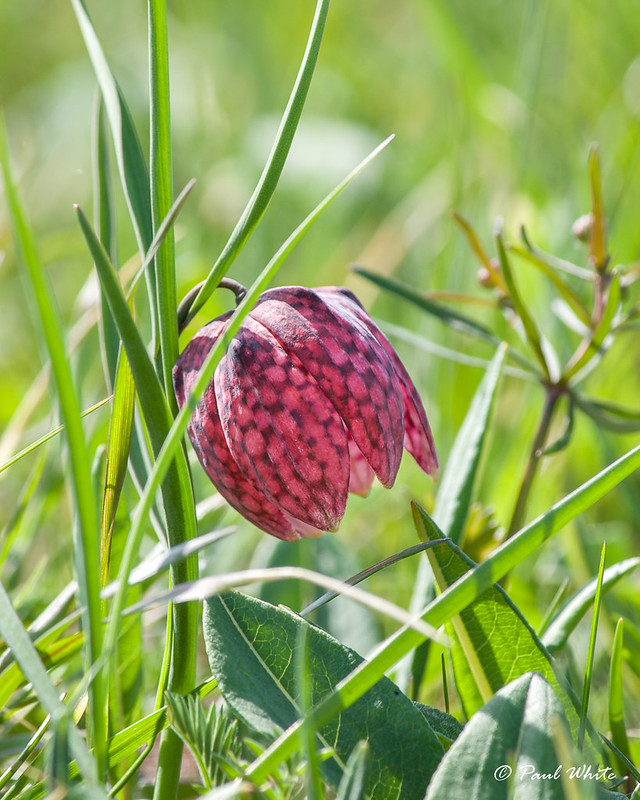Wild Transylvania is a collection of stories documenting the lives of people and wildlife in a remote corner of the Carpathian Mountains. Transylvania means 'The Land Beyond the Forest', a place where wolves and bears still roam and the people have been shaped by their environment, striving to make a living from a landscape which has remained essentially unchanged for centuries.
How wild is too wild? What would you consider an acceptable risk in farming? Imagine yourself grazing your flock on fields close to forests where apex predators freely range, whilst simultaneously raising two young children in a caravan on the same spot. This is the daily reality for Melinda (above) and her partner Tibor.
Continue reading →
Continue reading →

Meadow plants and flowers. Most of the plants and flowers I photograph are situated on fertile meadows surrounding the village where we live. These meadows provide nutritional grazing for local livestock and a rich and vital food supply for honey bees. It is also common to see villagers picking flowers, herbs and plants for use in medicinal teas and syrups, local knowledge passed down through the generations.
Continue reading →

Eurasian brown bear. Brown bears have a large global distribution which reflects their ability to adapt to a variety of habitats. There are estimated to be more than 200,000 brown bears worldwide, with approximately 6000 individuals in the Carpathian region of Romania. They are among the largest living carnivores and can grow to an enormous size, males up to 350kg, and females to 200kg.
Continue reading →

Until the cows come home. A village spectacle occurs each evening which is the norm for villagers in Transylvania but unique to outside observers. After the cows have grazed all day on meadows close to forests where bears and wolves roam, protected by herders and dogs, they are then returned to the edge of the village in the evening. From there, the cows make their own way home.
Continue reading →

Roma culture in Transylvania. There is a rich and vibrant Roma culture in Transylvania, and although their history is full of persecution and quite appalling treatment, I want to concentrate on the Roma of today. It is quite incredible that so little is known about them when you consider their community makes up approximately 2% of the Romanian population, and estimated to grow rapidly due to a higher than average birth rate.
Continue reading →

Making hay in Transylvania. I don't know if you have heard the term 'from hay meadow to table'? Hay is produced from grass to make animal fodder, which is consumed to produce meat, milk and cheese for the family table. These vast meadows in Transylvania are pesticide and herbicide free, sequester huge amounts of carbon and make up some of the most biodiverse ecosystems in Europe.
Continue reading →
.jpg)